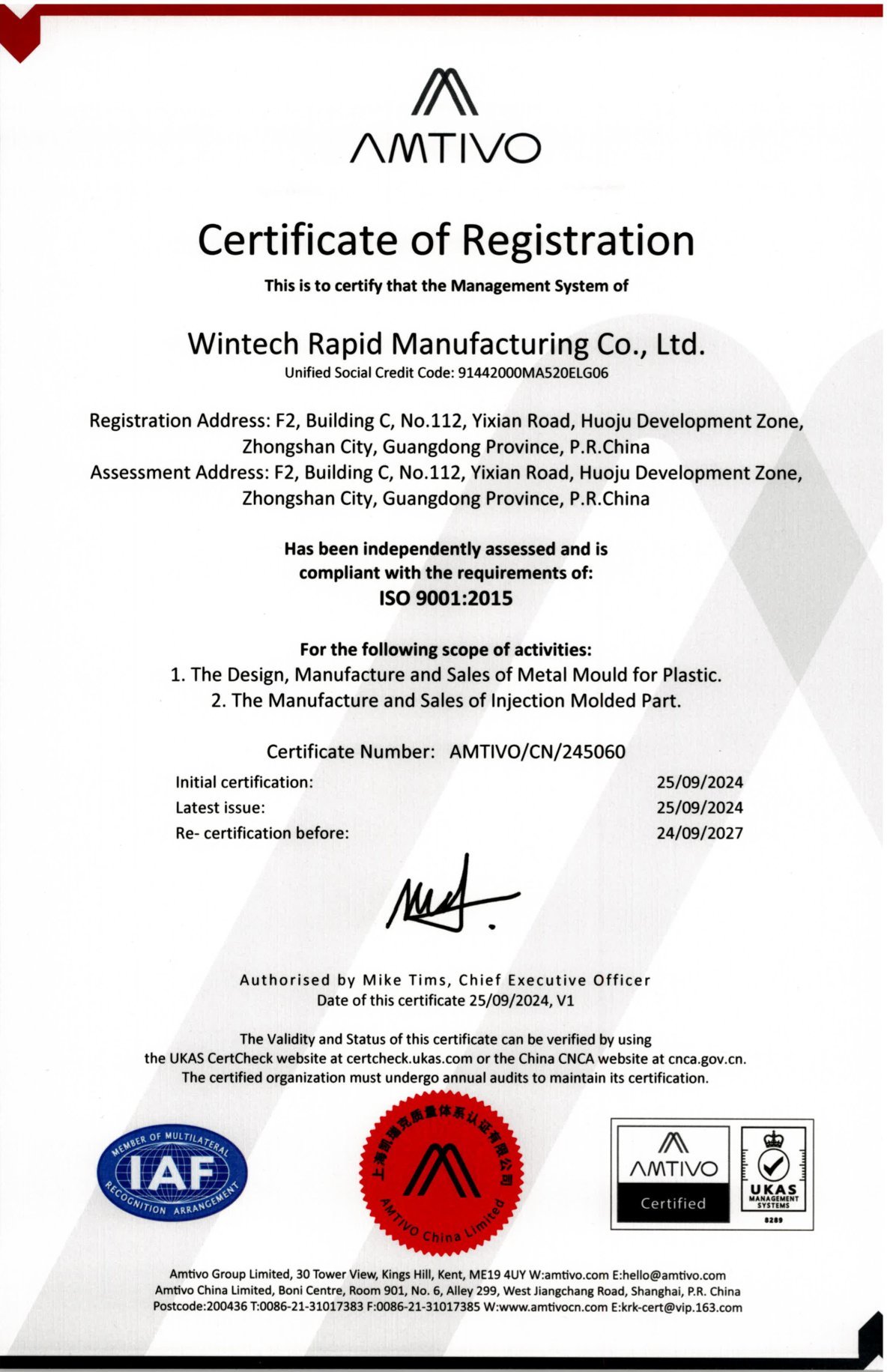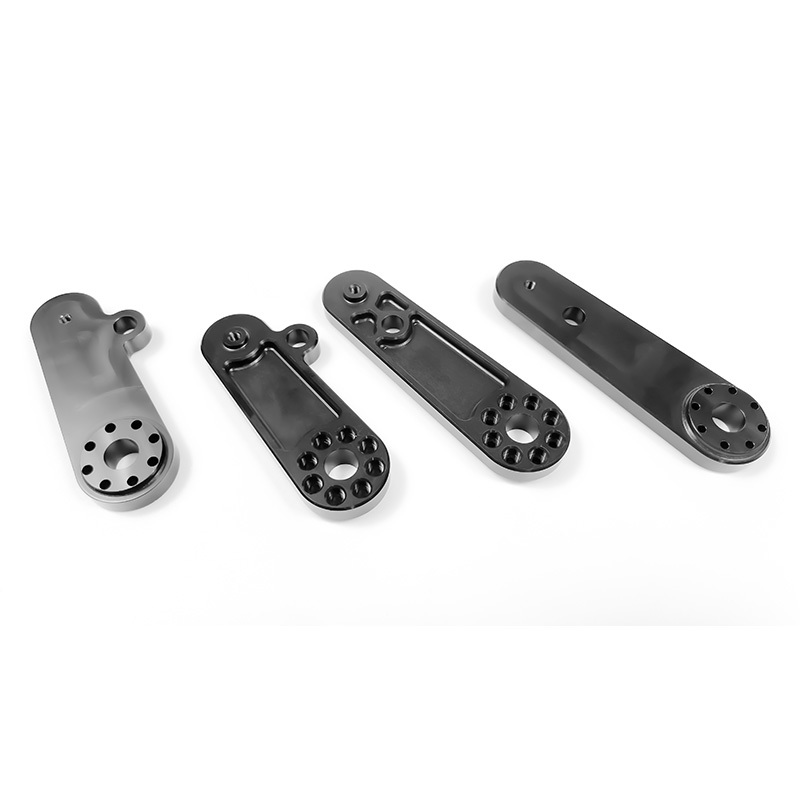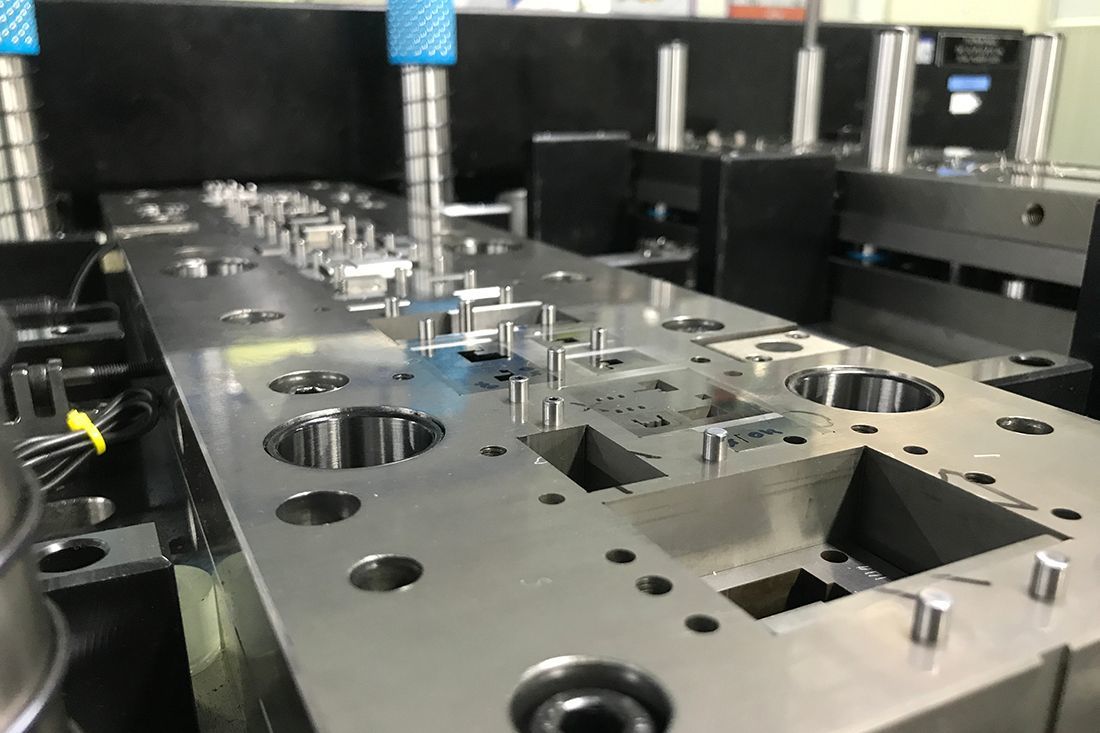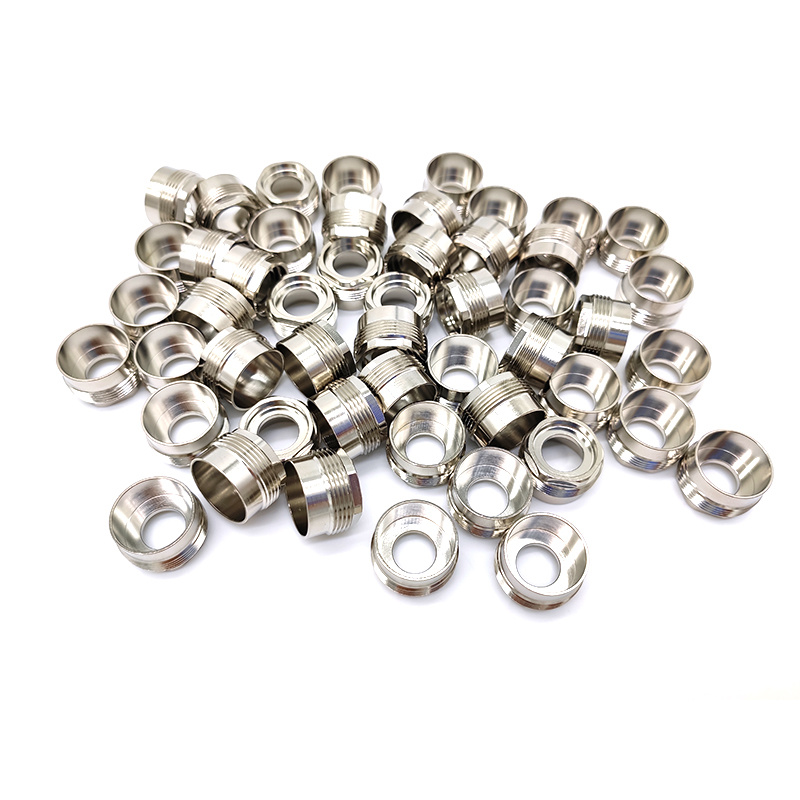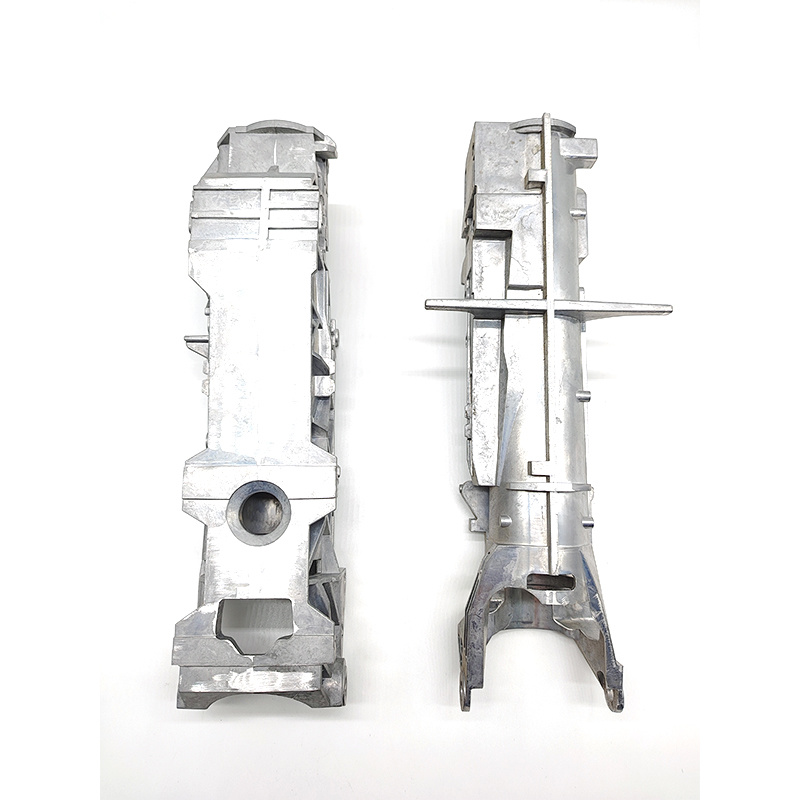Understanding Low Volume Molding: A Smart Choice for Precision Manufacturing
Time:
2025-05-26 09:40
Source:
Low volume molding is a specialized manufacturing process that focuses on producing small quantities of parts or components, typically ranging from a few dozen to several thousand units. This method is particularly advantageous for businesses that require high-quality parts without the need for large-scale production. One of the main benefits of low volume molding is its ability to reduce lead times, allowing companies to bring their products to market faster.
The process generally involves creating molds using materials such as aluminum or silicone, which are more cost-effective and quicker to produce compared to traditional steel molds. This is especially useful for prototyping and product development, where the goal is to iterate designs and test functionality before committing to full-scale production. Low volume molding allows manufacturers to make adjustments and refinements to their designs with minimal investment in tooling.
Another key aspect of low volume molding is its versatility. It can accommodate a variety of materials, including thermoplastics, elastomers, and even certain metals. This flexibility enables manufacturers to choose the best material for their specific application, which can lead to improved performance and durability of the final product. Additionally, low volume molding supports complex geometries and intricate designs, which are often challenging to achieve with traditional manufacturing methods.
Cost-effectiveness is another significant advantage of low volume molding. Because the initial investment in tooling is lower, companies can reduce their financial risk when developing new products. This makes it an attractive option for startups and smaller businesses looking to innovate without overwhelming capital expenditure. Furthermore, as demand for the product grows, manufacturers can transition to higher volume production methods, ensuring scalability.
The applications of low volume molding are vast, spanning industries such as automotive, aerospace, medical devices, and consumer goods. In the automotive sector, for instance, low volume molding can be used to produce custom parts for limited edition vehicles or prototypes. In the medical field, it is often employed to create specialized devices that require precision and compliance with stringent regulations.
In conclusion, low volume molding is a powerful tool for manufacturers seeking to balance quality, cost, and speed in their production processes. By leveraging this method, companies can not only meet specific production needs but also stay competitive in an ever-evolving marketplace. Whether you are prototyping a new product or producing specialized components, low volume molding offers a smart solution tailored to your unique requirements.
The process generally involves creating molds using materials such as aluminum or silicone, which are more cost-effective and quicker to produce compared to traditional steel molds. This is especially useful for prototyping and product development, where the goal is to iterate designs and test functionality before committing to full-scale production. Low volume molding allows manufacturers to make adjustments and refinements to their designs with minimal investment in tooling.
Another key aspect of low volume molding is its versatility. It can accommodate a variety of materials, including thermoplastics, elastomers, and even certain metals. This flexibility enables manufacturers to choose the best material for their specific application, which can lead to improved performance and durability of the final product. Additionally, low volume molding supports complex geometries and intricate designs, which are often challenging to achieve with traditional manufacturing methods.
Cost-effectiveness is another significant advantage of low volume molding. Because the initial investment in tooling is lower, companies can reduce their financial risk when developing new products. This makes it an attractive option for startups and smaller businesses looking to innovate without overwhelming capital expenditure. Furthermore, as demand for the product grows, manufacturers can transition to higher volume production methods, ensuring scalability.
The applications of low volume molding are vast, spanning industries such as automotive, aerospace, medical devices, and consumer goods. In the automotive sector, for instance, low volume molding can be used to produce custom parts for limited edition vehicles or prototypes. In the medical field, it is often employed to create specialized devices that require precision and compliance with stringent regulations.
In conclusion, low volume molding is a powerful tool for manufacturers seeking to balance quality, cost, and speed in their production processes. By leveraging this method, companies can not only meet specific production needs but also stay competitive in an ever-evolving marketplace. Whether you are prototyping a new product or producing specialized components, low volume molding offers a smart solution tailored to your unique requirements.
low volume molding
Related news
2024-11-15
2025-05-23



